Discover 11 hidden attractions, cool sights, and unusual things to do in Tottori (Japan). Don't miss out on these must-see attractions: Tottori Sand Dunes, Watanabe Art Museum, and Shikano Castle. Also, be sure to include Sand Museum in your itinerary.
Below, you can find the list of the most amazing places you should visit in Tottori (Tottori).
Table of Contents
Tottori Sand Dunes

Also known as: 鳥取砂丘
Nature preserve in Tottori, Japan. The Tottori Sand Dunes are sand dunes located outside the city center of Tottori in Tottori Prefecture, Japan. At a length of 9 miles and less than 1.5 miles wide, it is the largest sand dune in Japan. The sand dunes are part of San'in Kaigan Geopark, which is part of The UNESCO Global Geoparks.[1]
Watanabe Art Museum
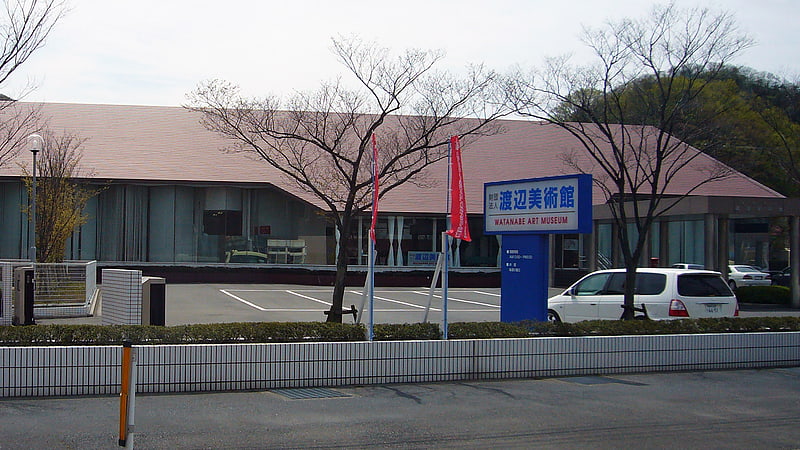
Watanabe Museum Of Art opened in Tottori, Tottori Prefecture, Japan in 1978. It houses the collection of Tottori resident Dr Hajime Watanabe, which includes Buddhist sculptures, Chinese, Korean, and Japanese ceramics, ukiyo-e, and over two hundred sets of samurai armour.[2]
Address: 55 Kakuji, Tottori, 680-0003 Tottori
Shikano Castle

Shikano Castle was a medieval period castle, situated in Tottori Prefecture. The date the castle was constructed is not known, though the earliest mention of it occurs in 1544. The castle is located south west of Tottori city, in Shikano, Tottori town. It was a small castle, situated not far from the centre of Tottori city. In the period of the construction of the castle, the area was governed by a local clan, the Shikano. The Amago clan moved in on the area, and defeated the Shikano, claiming the castle as theirs. Following this, the castle was put in the lordship of Kamei Korenori. Korenori engaged with foreign trade, which was rare for a lower level lord, and even named some parts of the castle after countries.[3]
Address: 1517 Shikano-cho, Shikano, Tottori
Sand Museum
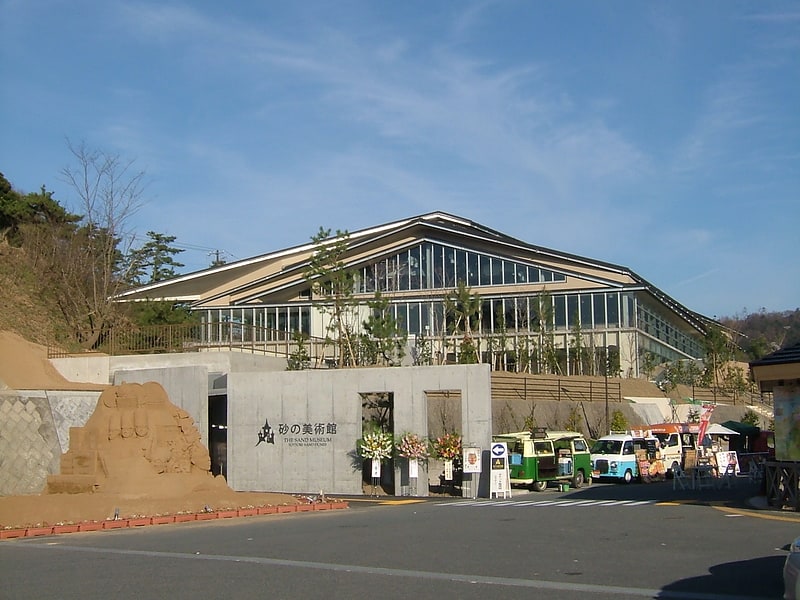
Also known as: 砂の美術館
Museum in Tottori, Japan. The Sand Museum first opened by the Tottori Sand Dunes, in Tottori, Japan, in 2006, displaying sand sculptures in temporary facilities. In 2012, it reopened in what is said to be the world's first permanent indoor exhibition space dedicated to sand art, with works by fifteen international sculptors.[4]
Address: Tottori, 2083-17, Yuyama, Fukube-chō
Tottori Castle
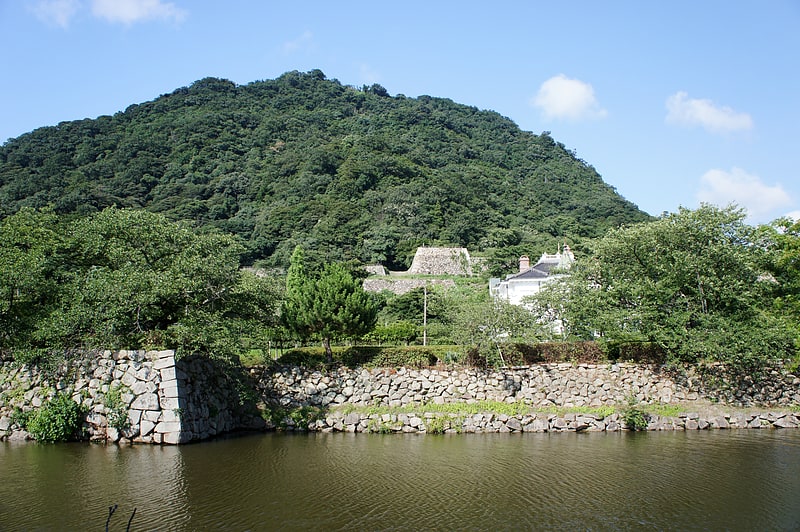
Also known as: 鳥取城
Historical landmark in Tottori, Japan. Tottori Castle was a Japanese castle located in Tottori, Tottori Prefecture.[5]
Axis Bird Stadium
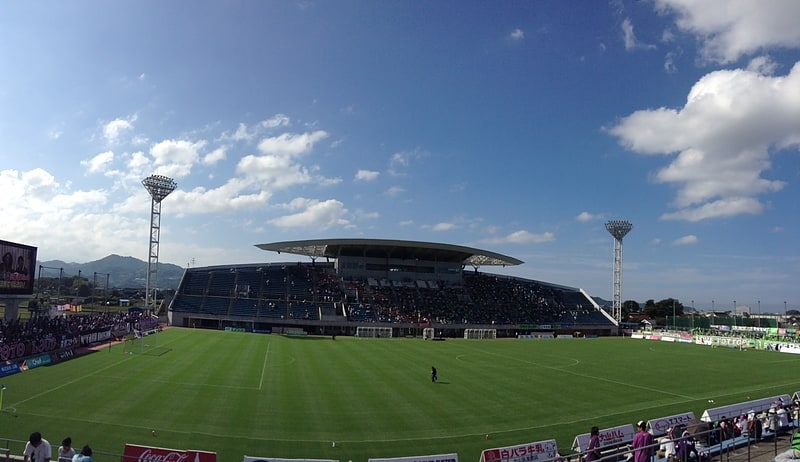
Also known as: 鳥取市営サッカー場
Multi-purpose stadium in Tottori, Japan. The Axis Bird Stadium is a 16,033-capacity multi-purpose stadium in Tottori, Tottori. The stadium is home to J3 League side Gainare Tottori. The stadium hosted Ecuador's national selection during the 2002 FIFA World Cup.
It was formerly known as Tottori Stadium. Since April 2008 it has been called Tottori Bank Bird Stadium for the naming rights.
The stadium has also hosted rugby union games. It is one of the few soccer-specific stadiums built in Japan before the 2002 FIFA World Cup boom, and as such Gainare Tottori uses it as part of its bid to be promoted to the J.League, since their home stadium in Yonago was built for athletics and the town has no money for upgrading it.[6]
Address: 423 Kurata, 680-1141 Tottori
Tottori Prefectural Museum
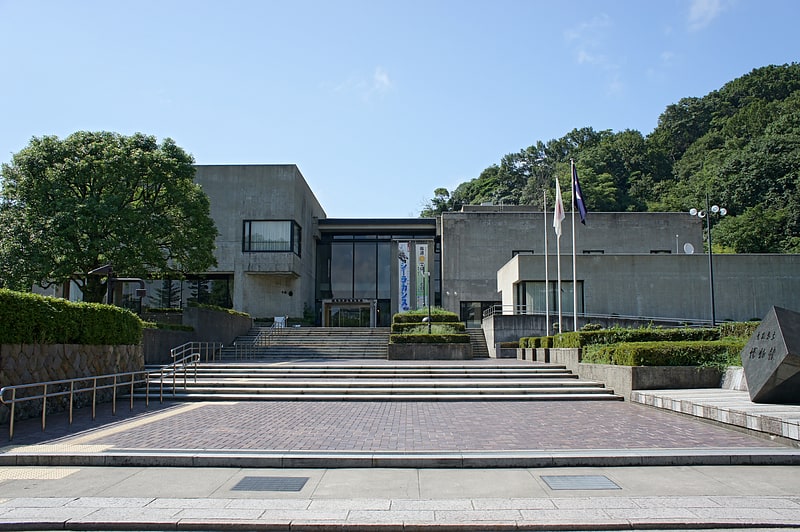
Also known as: 鳥取県立博物館
Museum in Tottori, Japan. The Tottori Prefectural Museum is a prefectural museum located in Tottori, Japan, dedicated to the nature, history, folklore, and art of Tottori Prefecture. Over three thousand items from the permanent collection are on display and the museum also stages temporary exhibitions.[7]
Address: Tottori, 2-124, Higashi-machi
Hakuto Shrine
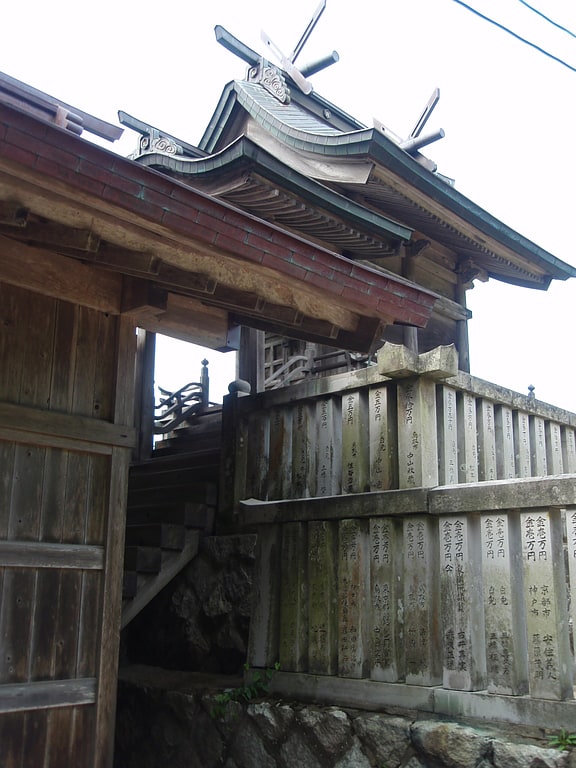
Also known as: 白兎神社
Shinto shrine in Tottori, Japan. Hakuto Shrine is a Shinto shrine in Tottori, Tottori Prefecture, Japan. In 1937, its trees were designated a Natural Monument.[8]
Address: 603 Hakuto, 689-0206 Tottori
Kannon-in
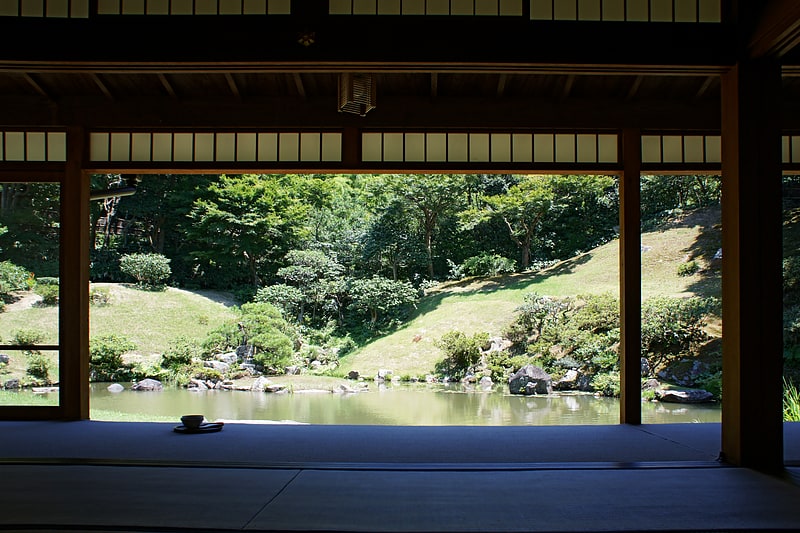
Also known as: 観音院
Buddhist temple in Tottori, Japan. Kannon-in, formally known as Fudarakusan Jigen-ji Kannon-in, is a Buddhist temple in Uemachi district of the city of Tottori, Tottori Prefecture, Japan. Kannon-in was built early in the Edo period and is noted for its Edo-style Japanese garden.[9]
Address: 162 Uemachi, 680-0015 Tottori
Ube shrine
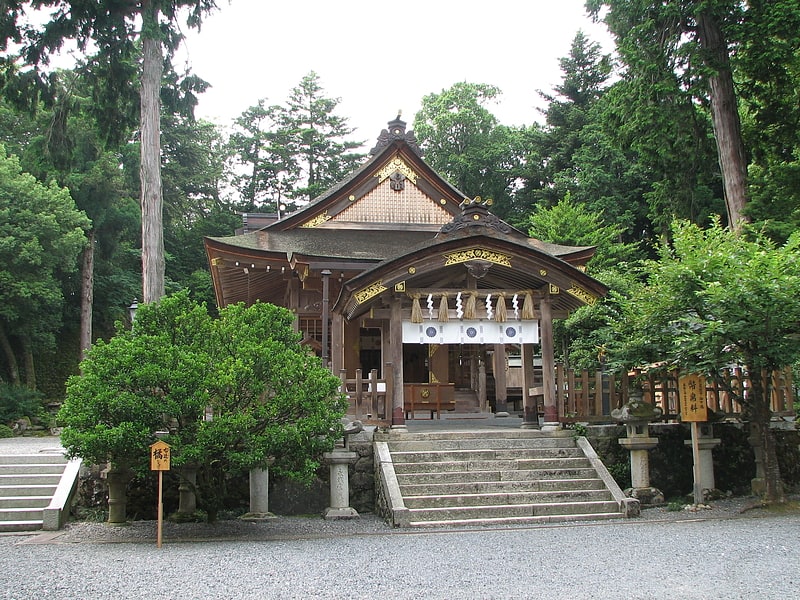
Also known as: 宇倍神社
Shinto shrine in Tottori, Japan. Ube Shrine is a Shinto shrine in Tottori, Tottori Prefecture, Japan. The shrine having been the most renowned shrine in the province is famous for its many benefits including the protection of children, prosperity, and longevity of life. The main building of the shrine was once printed on the 5-yen banknote.[10]
Address: 651 Miyanoshita, Kokufucho, 680-0151 Tottori
Jinpūkaku
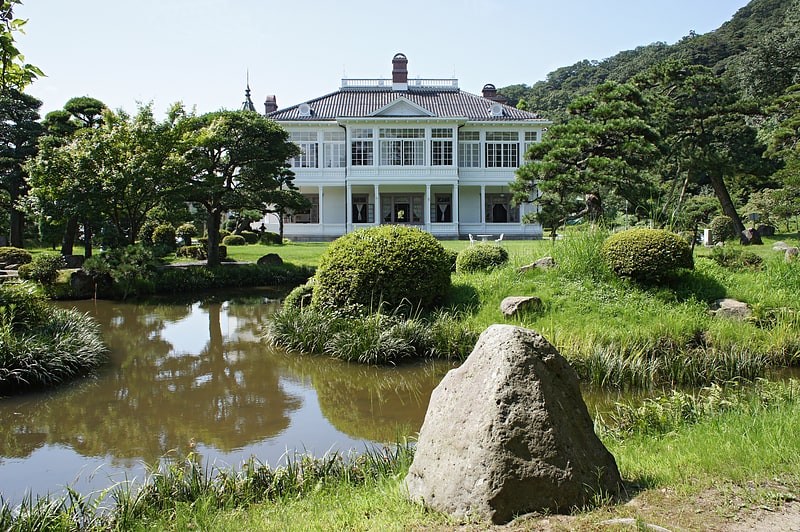
Also known as: 仁風閣
Historical landmark in Tottori, Japan. Jinpūkaku is a Western-style French Renaissance style residence of the Ikeda clan located in Tottori, Tottori Prefecture, Japan.[11]
Address: Tottori, 2-121 Higashi-machi, Tottori City, Tottori Prefecture, Japan 680-0011